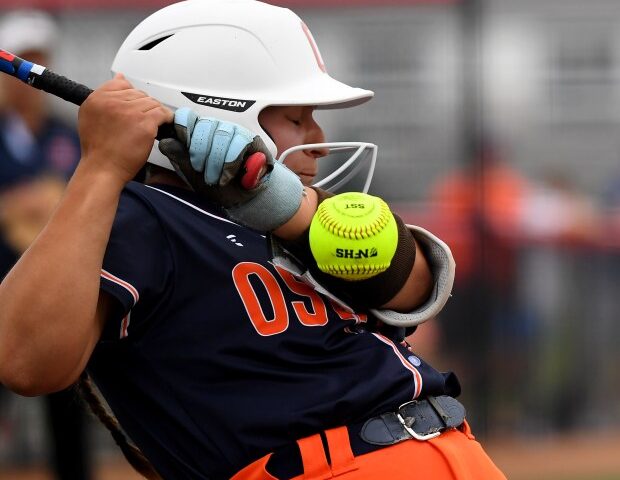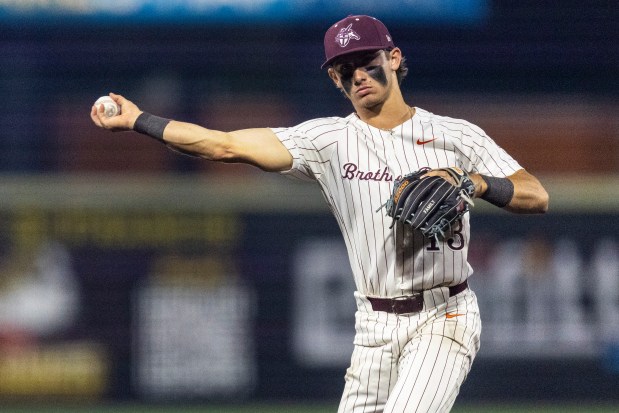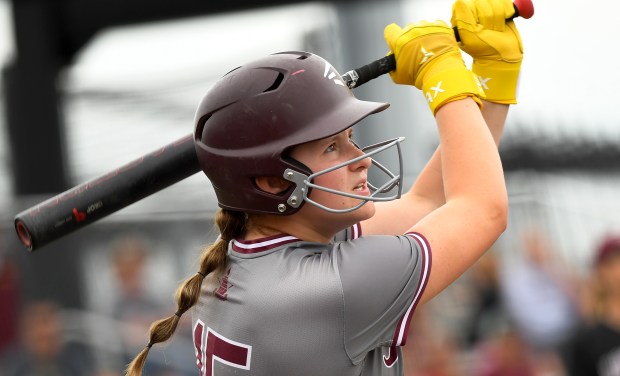Indian Prairie School District 204 may ask voters in the fall to continue a tax that is currently set to end in 2026 to fund what district officials believe are high-priority needs like school renovations, safety projects and mental health services.
The district is paying off the long-term debt it took out to build Metea Valley High School in Aurora, which opened in 2009, using a property tax of 37 cents per $100 of equalized assessed value. That debt will be fully paid off at the end of 2026, but district officials want to continue to tax at the same rate instead of dropping the tax rate when the debt is retired.
The Indian Prairie Board of Education is set to vote sometime before the end of August on putting a tax continuation referendum question on the November ballot.
Because the proposed tax would simply replace the current tax at the same rate, there would be no net tax rate increase, according to school officials.
At Waubonsie Valley High School on Tuesday, District 204 Superintendent Adrian Talley and Chief School Business Official Matt Shipley met with about 10 parents and other community members to explain the tax proposal and gather feedback about the plan. Similar informational meetings will be held throughout the community over the next few months.
If approved by the Indian Prairie Board of Education to be placed on the ballot and then the voters in the subsequent referendum, the tax would provide $25.5 million to the district each year, Shipley said at the meeting on Tuesday.
Property owners are already paying this tax, he said, but if the continuation of the tax were to be voted down, they would see a property tax reduction of around $93 for every $100,000 of assessed property value.
With the potential $25.5 million in additional funding, the district is looking primarily to fund maintenance and other facility projects that have been deferred in an effort to keep property taxes low, according to Shipley.
He said that Indian Prairie School District currently has less funding per student than the state average and far less than similarly high-performing districts like Geneva and Barrington.
“We are performing at or above many of these districts, and we’re doing it while spending significantly less dollars per pupil,” Shipley told parents at the meeting on Tuesday.
Even if the tax continuation were to be approved, Talley said that Indian Prairie School District would still be below the state average and comparable districts in per-student funding.
Deferred maintenance projects are now catching up with the district, according to Shipley. He said that nearly every building needs some type of work, with some needing complete renovations that touch nearly every inch of the building.
Around 80% of the district’s buildings were built between 1985 and 2003, and because of their age, Shipley said those buildings now need major projects like roof and heating, ventilation and cooling system replacements to continue operating safely.
These needs were identified in a Facilities Master Plan that the district worked on throughout 2023, according to Shipley. From that plan, a number of district-wide needs were identified for nearly every building, he said.
The most important need identified was safety and security, Shipley said.
Many of the district’s schools do not have a single, secure point of entry for visitors, which means that visitors to those schools are able to enter without first interacting with the school’s main office, according to Shipley.
He said this does not meet the district’s current standard for security and so is proposing that a “secure vestibule” be added to the front of each building.
This vestibule, according to Shipley, would be a set of secure doors and a window that would allow main office staff to identify visitors before they are granted access to the building. He said that, for many schools, this project would also relocate the main office to the main entrance, freeing up space for additional classrooms.
Secure doors and windows in many schools are also aging, which has been identified as a safety concern, Shipley said.
Other proposed district-wide improvements to be funded through the tax continuation are infrastructure projects like updating outdated furniture and technology in classrooms, making schools more accessible to students with mobility issues and more.
In addition to maintenance and renovation, the proposed tax would be used to fund operational improvements, according to Talley. He said that additional faculty members are needed to cut down on large class sizes and provide more opportunities for student counseling.
Indian Prairie School District currently averages about 26 students per class, as compared to the state average of 21 students per class and nearby Naperville School District 203’s average of 23, Talley said.
“Smaller class sizes means that our teachers are able to address the needs of the students,” he said. “Our teachers do a fabulous job now, but this would allow us to address those needs more.”
Student-requested programs to support mental health would also be funded through the proposed tax, according to Talley. He said these programs were created using grant dollars, but those funds were always temporary, so the proposed tax would allow the programs to continue even after the grant dollars have been used.
For more information about the proposed tax continuation, or to check times and locations of informational community meetings, go to the district’s web page dedicated to the issue at www.ipsd.org/saferstronger204
rsmith@chicagotribune.com





